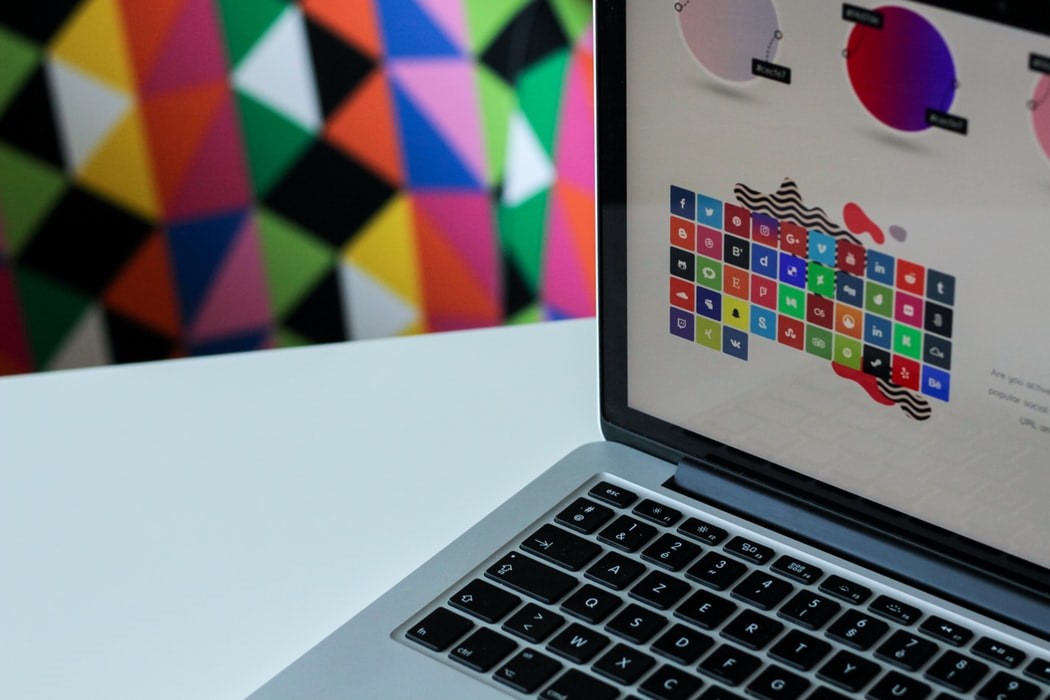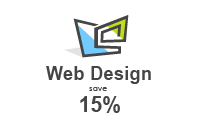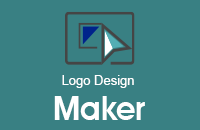5 Convincing Reasons You Need to Write Logo Design Brief
September 25th, 2019

When it comes to creating a logo, the design brief is just as important as the design itself. The design brief is a document that includes the objectives and strategies applied for a particular project. It gives the designer a clear idea of what needs to be done and outlines the overall project.
Without a logo design brief, the designer you hire will be in the dark about your needs. The brief does not necessarily need to contain design ideas, but it has to tell the designer what your objectives and outcomes are, allowing them to express their creativity and help you achieve those goals.
Unfortunately, many businesses don’t pay attention to writing a briefing when putting up a design request, leading to them not always getting the desired results. Still in doubt? These following reasons are going to convince you that putting time and effort into the briefing will ensure better results and a streamlined relationship with the designer.
It gives a clear idea about your business
“If the designer does not know what your business is all about, they can not design a logo that will truly represent your brand. This is why the business description is arguably the most important part of the brief.” says Mary Watts, content writing expert at Trust My Paper. The business description should include any information you find relevant about your business and think will help the designer.
Write a brief history of your business, how you came to establish it and what makes it stand out from the competition. Give them information about your targeted audience, so they know towards whom to direct the logo. Provide them with information about your future goals and where you see your business heading towards. Make sure to include information about the competition as well, to avoid issues such as the logo being too similar to your competitors, or even worse, plagiarism.
If you have a tagline that your company uses and you want to include in the logo, make sure to let the designer know what it is, as well as why it is important for the story of your brand. Taglines can be a powerful tool, as they can serve as your company’s core value.
The designer can understand your objectives
If you don’t provide a clear idea about what you are trying to achieve, it will be ten times harder for the designer to create a logo that represents you. If you have an idea about how you want the logo to look like, you can include those suggestions as well.
However, try not to get too involved in the creative process and let the designer’s imagination come to play. What you can do is give them some inspiration suggestions that you find could fit in with the image of your brand.
“When it comes to objectives, let them know when you need the project to be ready, what your budget is and what you plan on achieving. Is it a new business you are planning to launch? Are you rebranding? Do you plan on keeping this logo for a long period of time? This is information that is going to help the graphic designer provide a result as close as possible to what you have pictured.” advises Jonathan Meyer, a marketing expert at WowGrade.
You can get more proposals
If you start sending out briefs to prospects, there is a much higher chance of getting a proposal from them, than if you would just send an email asking how much they charge for a project. If they have a clear idea of what you want, designers can start sending out ideas and you will end up with plenty of options to choose from.
If you plan on putting up a request on a contest platform, most designers don’t even bother to check projects that don’t include a brief. This is simply because they would not know where to start and they would end up losing more time than they are willing to. It simply is not worth it for them to spend time drawing up a proposal, just to find out you want them to use specific colors, a certain font and message. If they know those aspects from starters, they will have a much better idea about whether they are suited for the job or not.
It shows interest and motivation
Graphic designers don’t like to lose time. Mostly, because they have many projects that they need to take care of. If you don’t put a little effort into showing them you know what you want, they are simply going to think you are not committed enough and you don’t know if and when you are going to need the logo either.
Showing a certain level of professionalism will also convince them they are going to be working with someone who knows what they are doing and has a clear idea of the business they are running. If you show them you are motivated, there is a much higher chance they will show you the exact same thing.
It saves time and effort
With a well-put-together brief, you will avoid a lot of communication issues throughout the process. If the designer knows from day one what you want, there will be no need for long email exchanges clearing out various questions. They know what you need, when you need it to be done and what the budget is, so they can start working and provide you with concepts much faster.
By having every piece of information needed, they can start working right away, so the project can be ready much sooner. Constant calls, emails and discussions will do nothing but prolong the design process and perhaps not get your logo ready on time. It is much better to know where to start from and simply making adjustments along the way, rather than finishing a project and to start all over again, because you forgot to mention that your logo must not include the color green.
Writing a logo design brief is extremely important, so the designer knows exactly where they should start and who they are doing business with. It will convince them you are professionally conducting business, as well as give you the means to prospect more designers.




